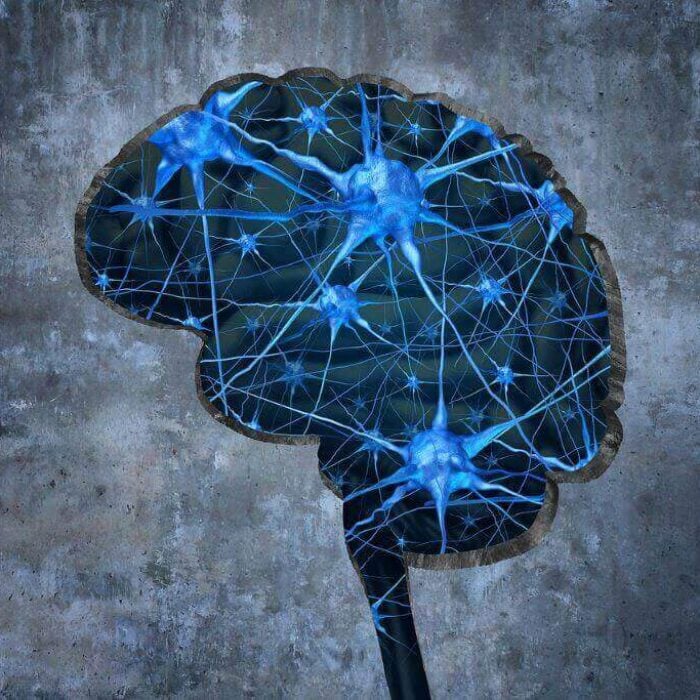A Prescription for Pain: Opiate Dependency on the Rise
by Clare Waismann
When Americans think of drug abuse, they often picture junkies lurking in alleyways and drug dealers peddling their merchandise from the shadows of inner-city avenues. Many would be surprised, then, to learn that hundreds of thousands of Americans line up to get their fix under the harsh fluorescent lights of the neighborhood pharmacy.
The 2001 National Household Survey on Drug Abuse (NHSDA) reveals that prescription painkiller abuse is rising faster than any other category of illicit drug abuse, and nearly two percent of all Americans over the age of 12 abuse painkillers. The study also discloses that there are twice as many Americans abusing painkillers as there are abusing cocaine and heroin combined. In fact, the rate of illegal use of the opiate-based pain medication OxyContin shot up nearly 140% during 2001.
The manner in which many become addicted to these drugs is even more alarming.
Opiate-based painkillers like OxyContin, Vicodin, Percodan, and Lortab are regularly prescribed to patients after dental work or minor surgery; and may also be prescribed for backaches, arthritis, and other run-of-the-mill aches and pains. After their physical wounds have healed, however, patients find themselves with a whole new problem – they are dependent upon the very drugs that were supposed to help them heal. Through no fault of their own, their bodies have come to rely on these medications, and any attempt to stop taking them causes physical cravings and the intense discomfort associated with withdrawal. This scenario repeats itself all too often; in fact, the NHSDA reveals that nearly 12 percent of past year users of prescription painkillers can be classified as dependent.
Traditionally, addiction to these drugs has been treated as a psychological disorder. Treatment entails a grueling detoxification that causes debilitating withdrawal symptoms for the patient. This suffering can be followed by intense physical and psychological cravings, which can last for months. Not surprisingly, the success rate for this approach is discouraging, and one year following treatment, 85 to 90 percent of patients have relapsed. What’s worse, after several unsuccessful attempts to overcome opiate dependency, the prospect of experiencing withdrawal symptoms and the failure to remain drug-free over time causes many patients to simply give up. At the Waismann Institute in Beverly Hills, however, a revolutionary treatment called the Waismann Method is restoring hope to hundreds every year by directly combating the physical disease of opiate dependency rather than the psychological symptoms alone.
“The Waismann Method represents an evolution in medicine,” said Dr. Clifford Bernstein, medical director of the Waismann Institute. “In past years, addiction was often blamed on patients or their ‘addictive personalities.’ As our understanding of the body’s response to these drugs has grown, we have been able to successfully develop an advanced medical technique to eradicate the physical cause of the disease.”
The Waismann Method begins in a hospital where the patient undergoes a comprehensive physical examination and observation for a minimum of 24 hours before the procedure. The patient is them pre-medicated to stabilize body functions, thereby facilitating a smooth and painless procedure. The pre-treatment process is based on each individual patient’s dependency and medical history; the goal is to achieve the greatest results and level of safety possible. Specialized physicians consult patients with pre-existing medical conditions to minimize risk and maximize comfort and safety.
Once pre-screening and pre-medication are completed, a board-certified anesthesiologist performs the rapid detox treatment while the patient sleeps comfortably under a light anesthetic in an Intensive Care Unit. Special medications facilitate the cleansing of opiates from the body, and because the patient is under anesthesia, he or she does not feel pain or discomfort as the body goes through withdrawal.
Unlike with traditional methods, this accelerated withdrawal occurs over a period of hours, not days or weeks. Upon waking, the patient is no longer physically dependent on opiates and has no memory or awareness of experiencing the withdrawal process.
Following treatment, the patient is prescribed a daily dose of oral Naltrexone for up to one year. Naltrexone, a non-addictive, non-mood altering medication, eliminates the physical cravings for opiates and prevents patients from experiencing any narcotic effects or “getting high” if they choose to indulge in any opiate-based substances. The Institute’s psychologists also assess each patient’s specific psychological and social needs and offer several after-care options to help patients move beyond their dependency. Staff members assist patients in re-creating a productive and fulfilling life, free from the shadows and stigmas so often associated with addiction.
“After decades of denial, stereotypes, and ineffective treatment methods, we can finally offer an effective medical solution to the disease of opiate dependency,” said Bernstein. “As pioneers in the field, we are very pleased to be able to help so many overcome their opiate dependencies and return to their normal lives.”














